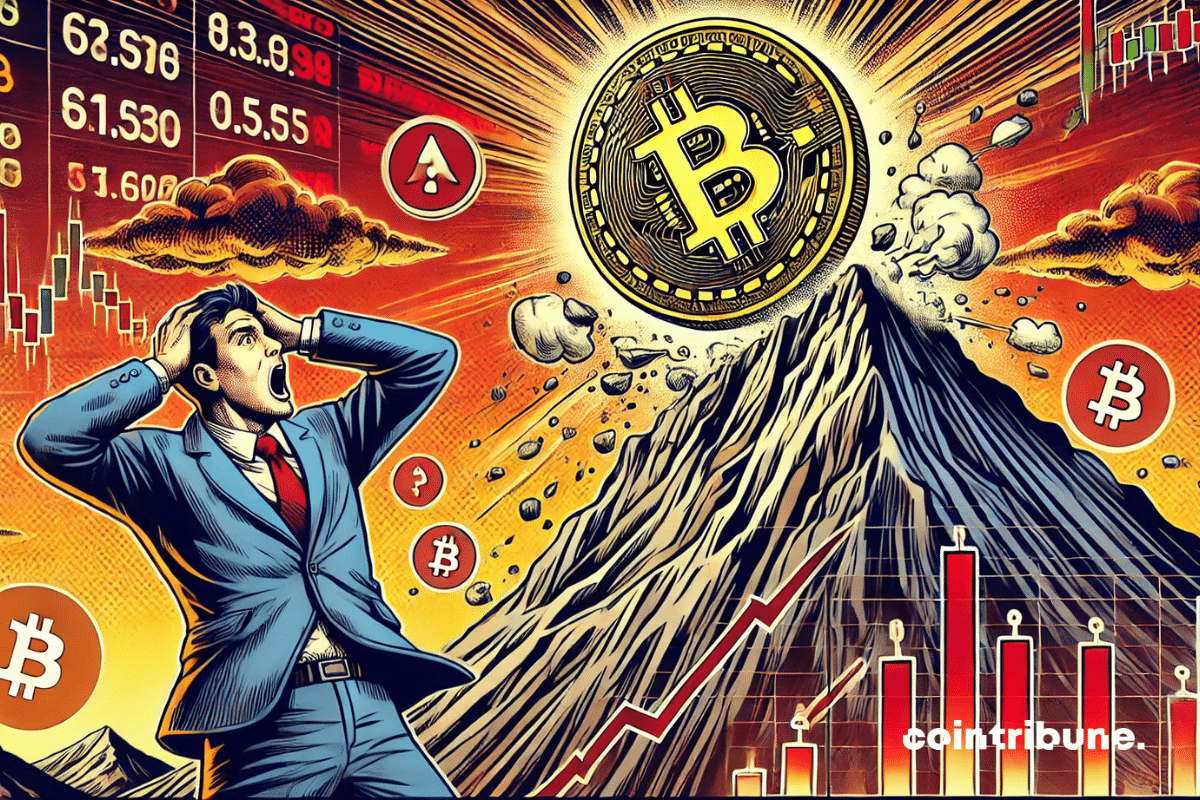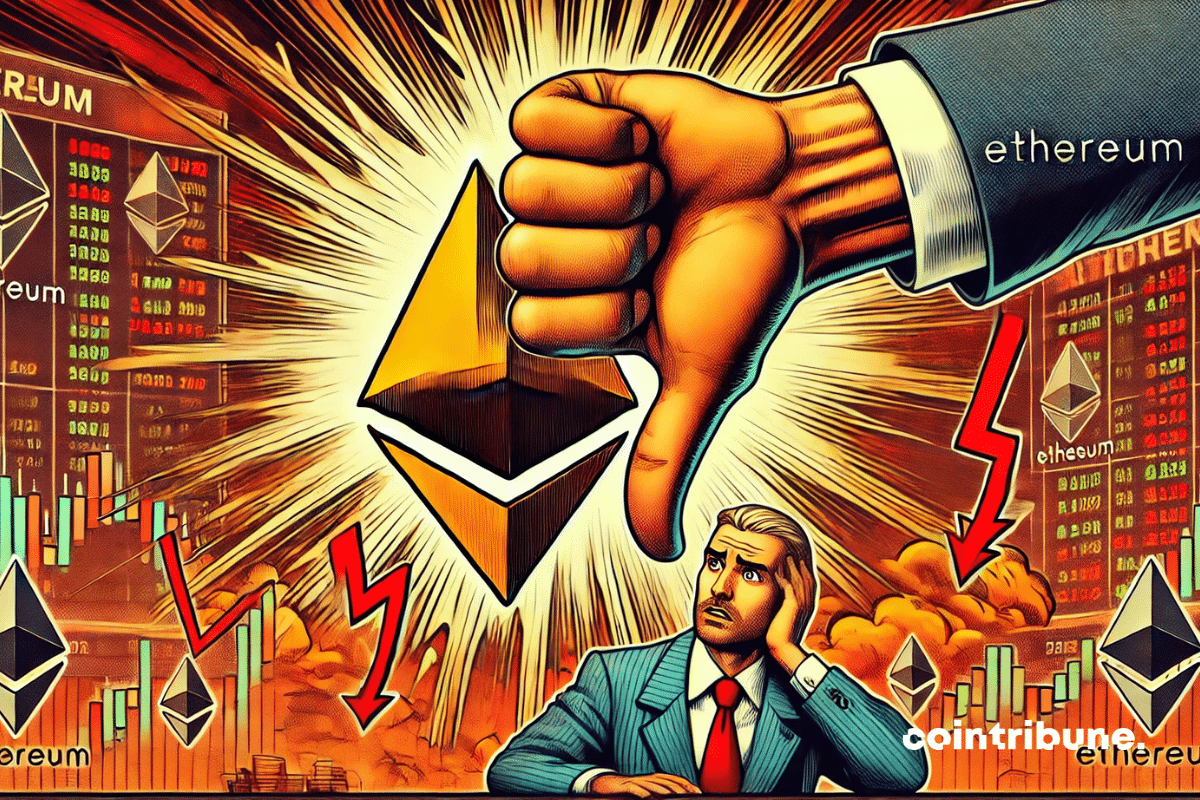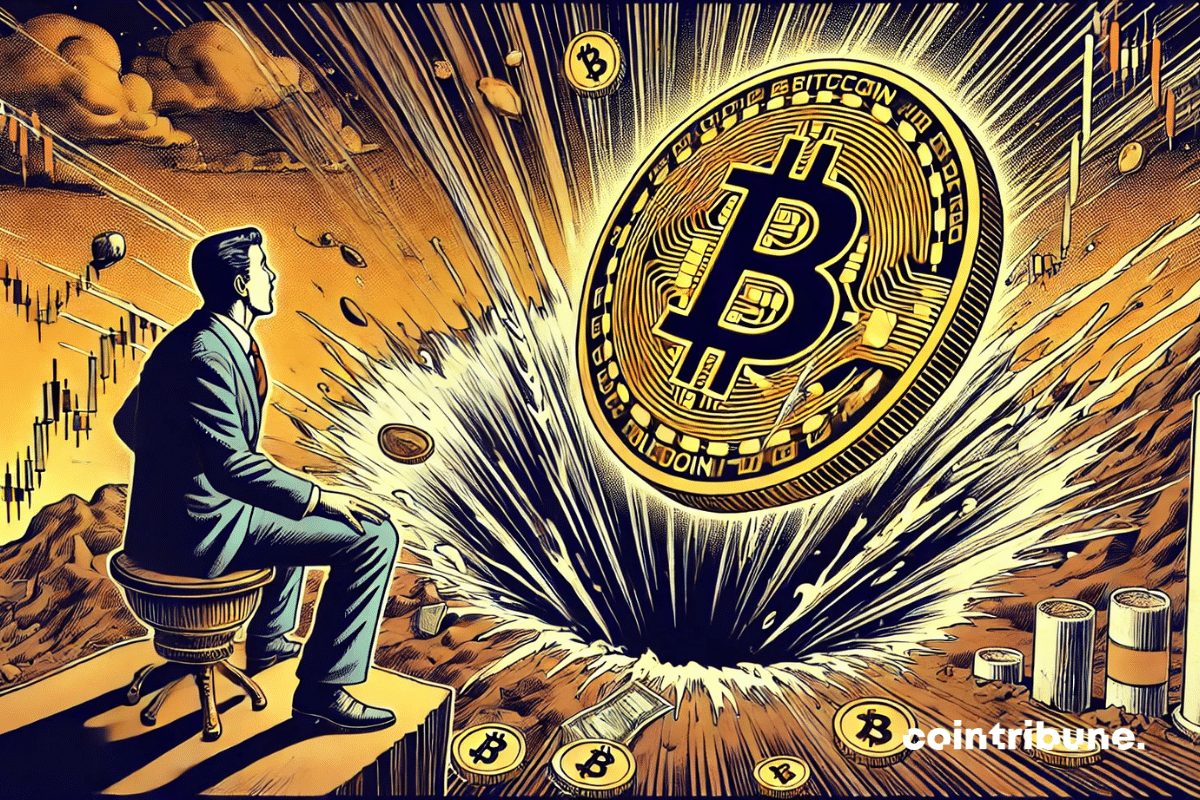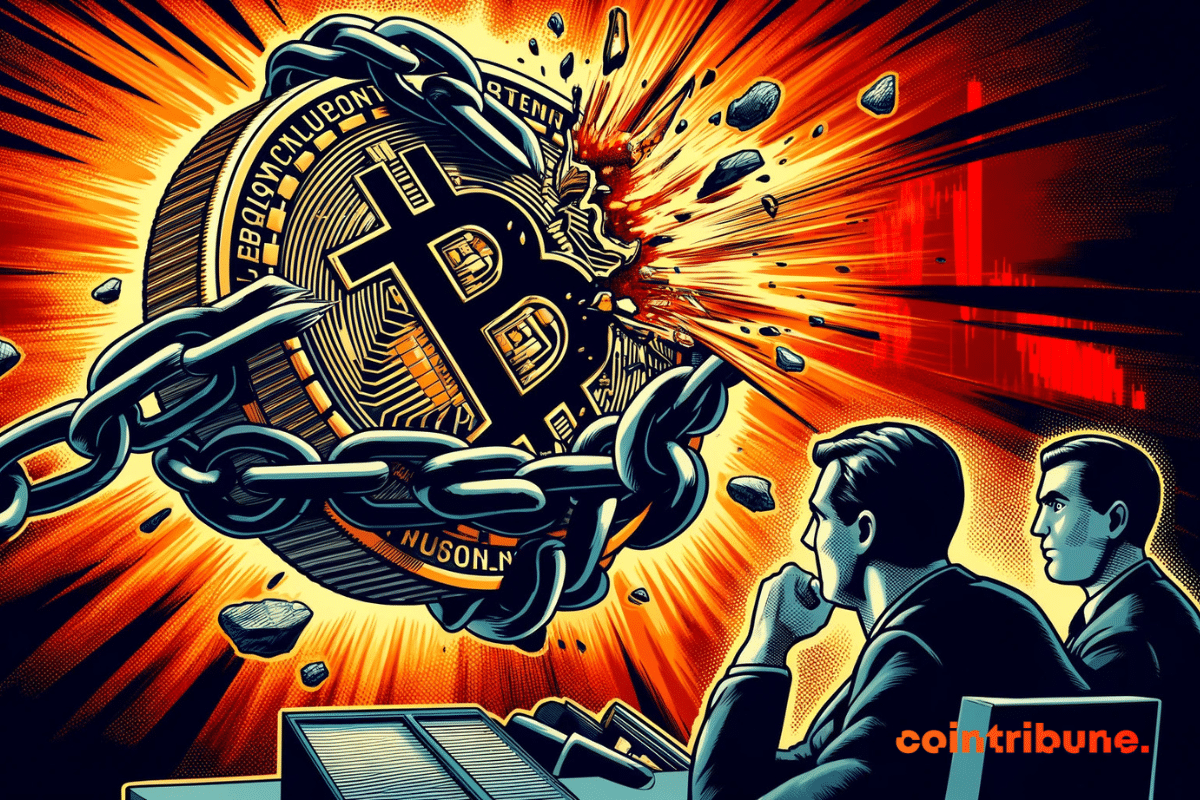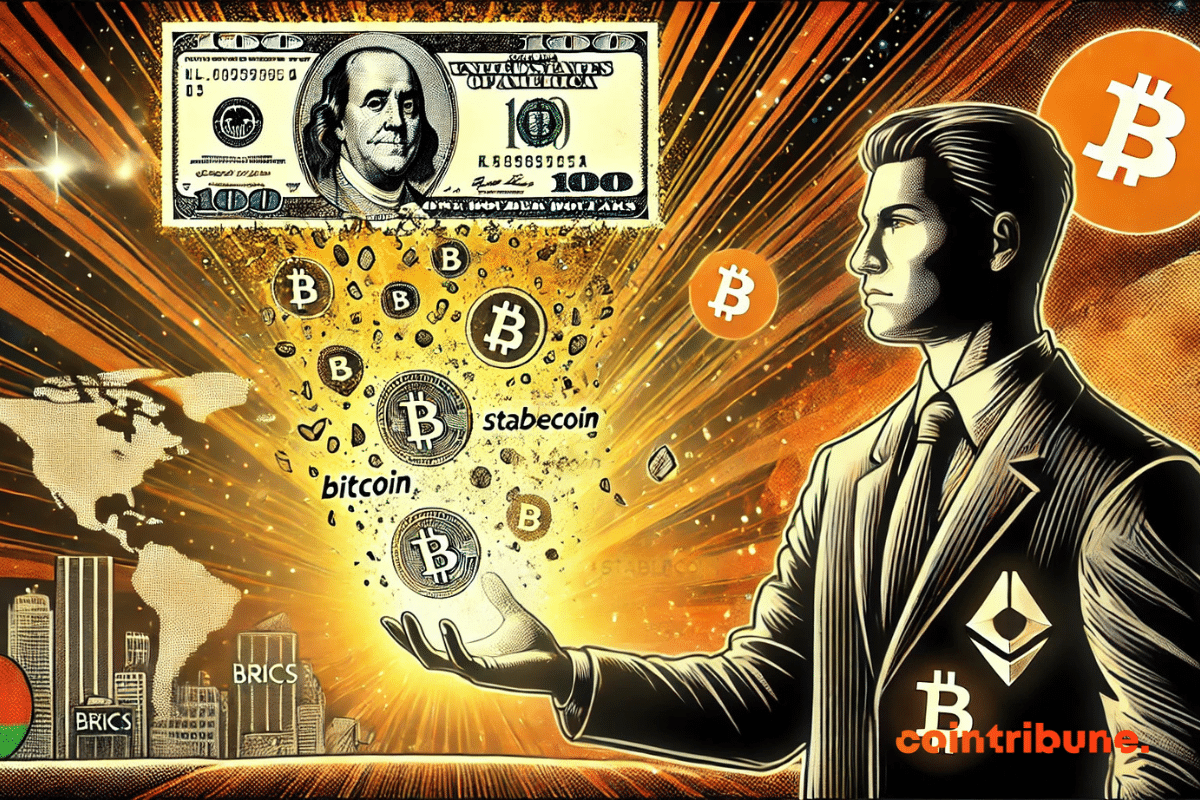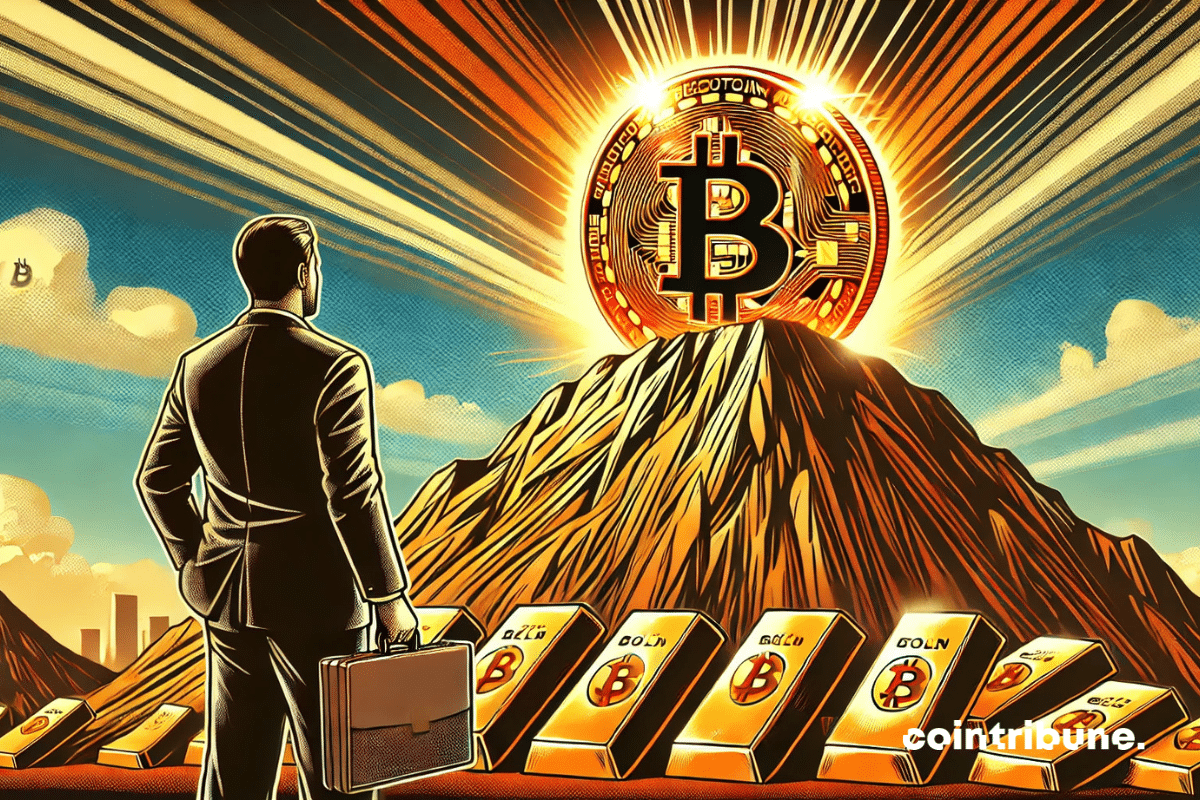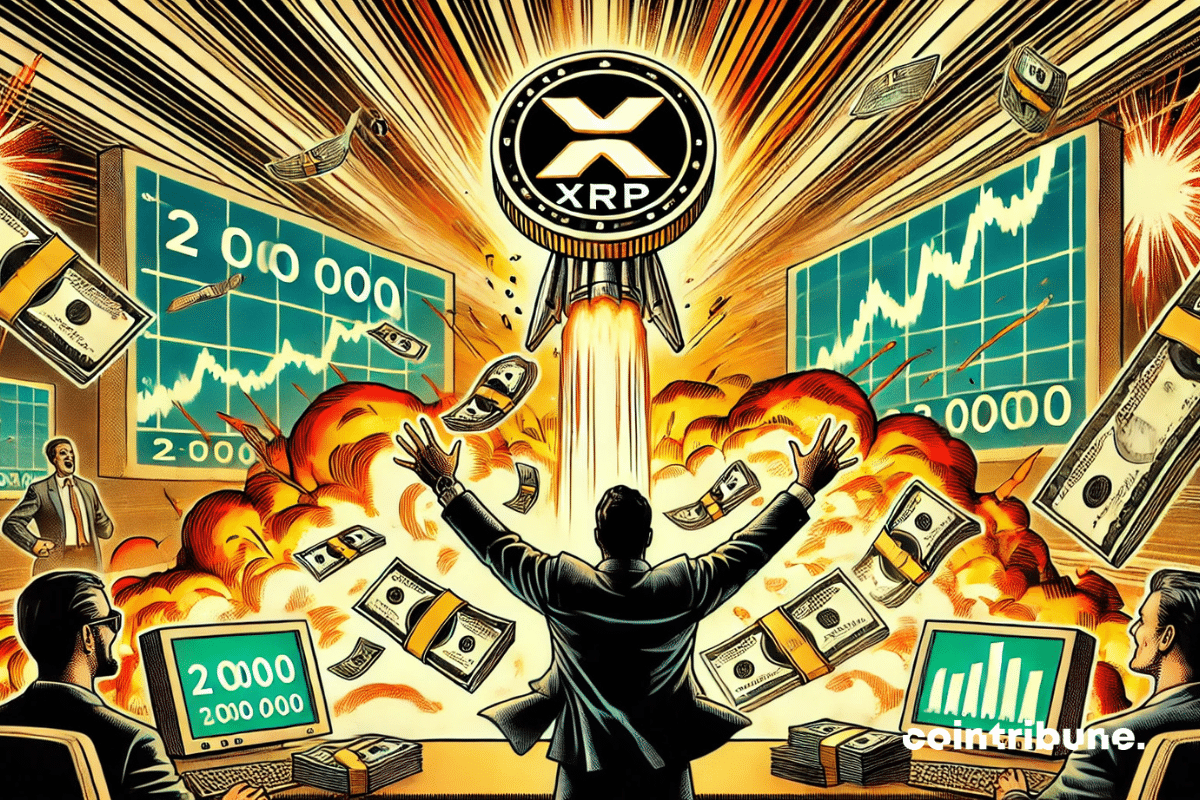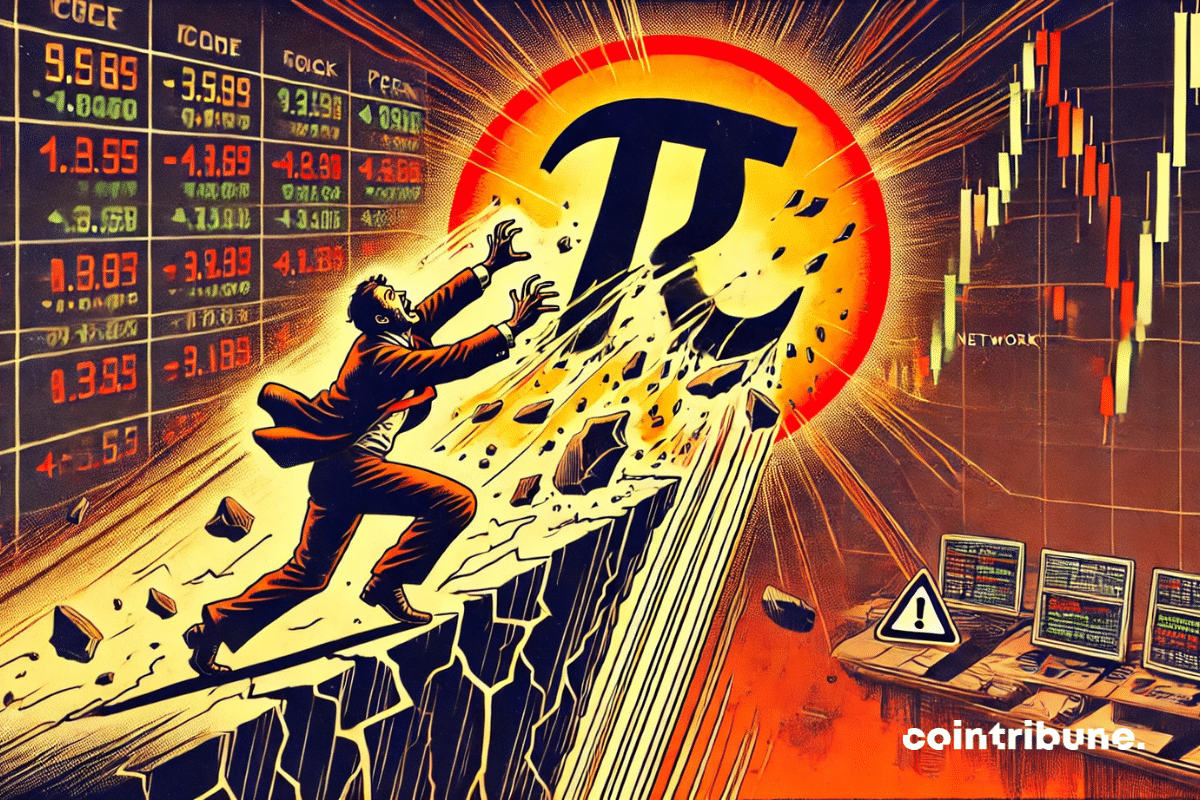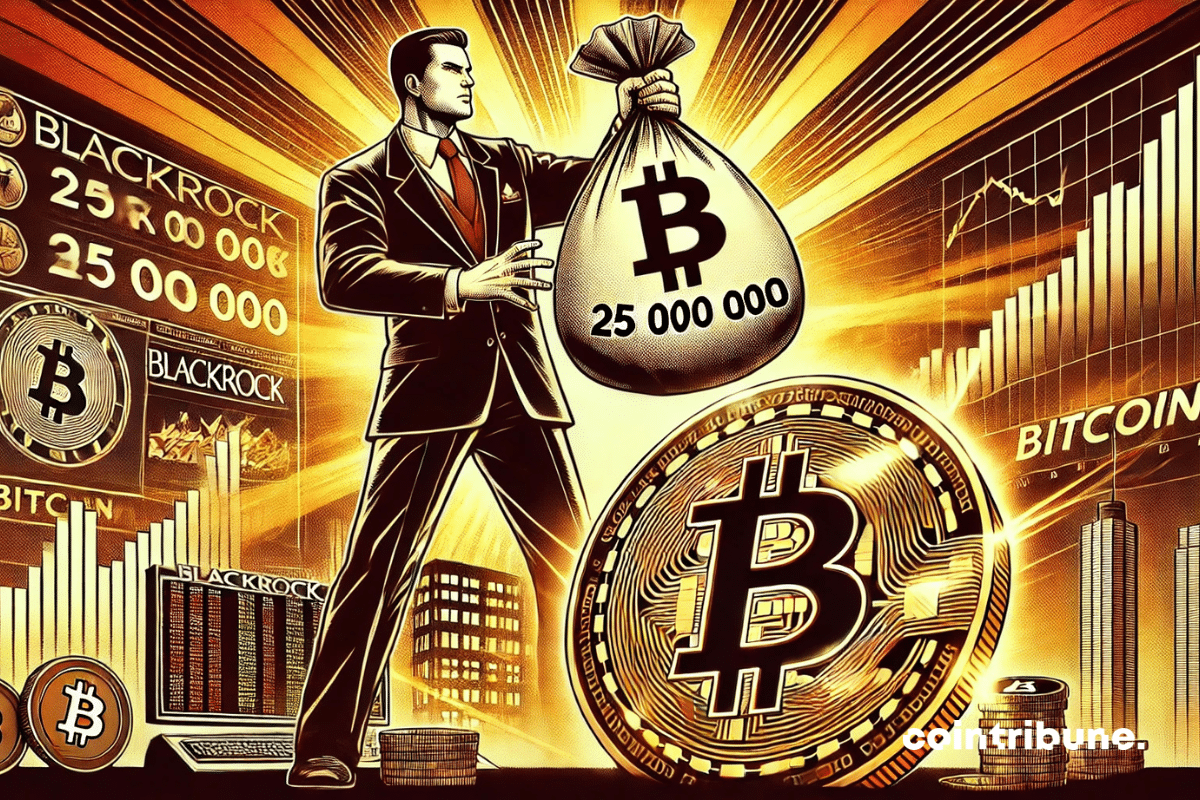Is the bitcoin market entering a phase of prolonged retreat? This is the question that is stirring the crypto community after the shocking statement from Ki Young Ju, CEO of CryptoQuant. Indeed, known for his precise on-chain analyses, he claimed on the social network X (formerly Twitter) that the bitcoin bull cycle is over. This radical shift in rhetoric is all the more surprising given that he asserted as recently as early March that the bull run was still in place, although slowed down.
Home » Archives for Luc Jose Adjinacou » Page 8
Luc Jose A.
Diplômé de Sciences Po Toulouse et titulaire d'une certification consultant blockchain délivrée par Alyra, j'ai rejoint l'aventure Cointribune en 2019. Convaincu du potentiel de la blockchain pour transformer de nombreux secteurs de l'économie, j'ai pris l'engagement de sensibiliser et d'informer le grand public sur cet écosystème en constante évolution. Mon objectif est de permettre à chacun de mieux comprendre la blockchain et de saisir les opportunités qu'elle offre. Je m'efforce chaque jour de fournir une analyse objective de l'actualité, de décrypter les tendances du marché, de relayer les dernières innovations technologiques et de mettre en perspective les enjeux économiques et sociétaux de cette révolution en marche.
The battle for crypto custody is intensifying. Ripple Labs, a key player in cross-border payments with XRP, takes a new step by filing the trademark "Ripple Custody." This application reflects a clear ambition: to expand its influence beyond transactions and target the strategic sector of institutional custody, a booming market fueled by growing demand from investors and the rise of crypto ETFs.
The forecasts of major financial institutions are often scrutinized closely by investors. Indeed, when a renowned bank like Standard Chartered drastically lowers its price target for Ethereum (ETH), the news does not go unnoticed. From a marked optimism of 10,000 dollars for 2025, the bank has reduced its estimate to 4,000 dollars, which is more than a halving of its previous anticipation.
Amid revolutionary announcements, technological evolutions, and regulatory turbulence, the crypto ecosystem continues to prove that it is both a territory of limitless innovations and a battleground of regulatory and economic challenges. Here is a summary of the most significant news from the past week surrounding Bitcoin, Ethereum, Binance, Solana, and Ripple.
Buying a property without a significant down payment is an increasingly difficult challenge, especially for first-time buyers. While mortgage rates continue to exceed 3%, and new prices remain high despite the crisis, the government is expanding access conditions for zero-interest loans (PTZ) starting from April 1, 2025. This is a new initiative that pertains to two lesser-known schemes that allow purchasing a home at a lower cost and spreading out the acquisition.
Financial markets are wobbling, investors are worried, and cryptocurrencies are undergoing another unstable period. At the heart of this turmoil, one name keeps coming up: Donald Trump. According to several analysts and market observers, the American president is allegedly pursuing a strategy aimed at deliberately weakening financial markets in order to pressure the Federal Reserve (Fed) to lower interest rates. A hypothesis that, while dramatic, is based on public statements and concerning economic signals.
The crypto market is going through a turbulent period marked by a brutal correction of bitcoin and massive capital outflows. With a decline of over 18% from its historic peak of $106,000 in December 2024, some investors are already talking about the most painful cycle in bitcoin's history. However, for seasoned players in the industry, this scenario is nothing new. Even darker periods have marked the evolution of the crypto market, and many see this correction as a temporary adjustment rather than a lasting collapse.
Bitcoin, fueled by post-election euphoria, reached a peak of $108,000 before falling below $80,000. Global economic instability and rising trade tensions contribute to increased volatility. Despite pro-crypto rhetoric, Donald Trump is adopting a protectionist policy that worries investors. Amid fears of recession and monetary uncertainty, the crypto market wavers in the face of macroeconomic turmoil.
Trade wars are reshaping the global economy. They impact entire industries and reconfigure strategic balances. Among the companies directly affected, Tesla finds itself on the front line facing the new tariff measures imposed by Donald Trump. Tesla, for which China is the second-largest market after the United States, could pay a heavy price for this economic escalation.
For decades, the US dollar has dominated international trade and has established itself as an essential global reserve. However, this absolute reign is now challenged by the BRICS bloc. As a result, geopolitical tensions and the rise of cryptocurrencies are pushing several countries to seek alternatives to the greenback. Bitcoin and stablecoins are emerging as instruments capable of circumventing the supremacy of the dollar, but paradoxically, they could also reinforce its influence.
Bitcoin continues to challenge traditional financial markets and generates increasing interest among investors. For several years, it has been compared to gold, often presented as its digital equivalent. But this time, Tom Lee, influential analyst and co-founder of Fundstrat, goes further and claims that Bitcoin will become the best-performing asset.
After a period of slowdown, XRP is making headlines again with a surge in its on-chain activity. The network has surpassed 2 million transactions, a threshold that, in the past, has often been a precursor to renewed interest from investors.
In a constantly shifting crypto market, Pi Network is at a decisive turning point. While investors were waiting for signs of stabilization, the asset is facing a concerning downward trend, fueled by increased selling pressure. The expiration of the migration period to the Mainnet, combined with technical indicators in the red zone, is fostering growing uncertainty.
The traditional financial industry and the crypto sector continue to intersect, and every move of Wall Street giants is scrutinized closely. Indeed, the announcement of BlackRock's return to the bitcoin (BTC) market with a $25 million investment has not gone unnoticed.
In the shadow of the economic restrictions imposed by the West, Moscow is charting a new path for its energy trade. In the face of exclusion from the international financial system, Russia has found an alternative solution: the use of Bitcoin (BTC) and Tether (USDt) to bypass sanctions and ensure the continuity of its oil exports.
